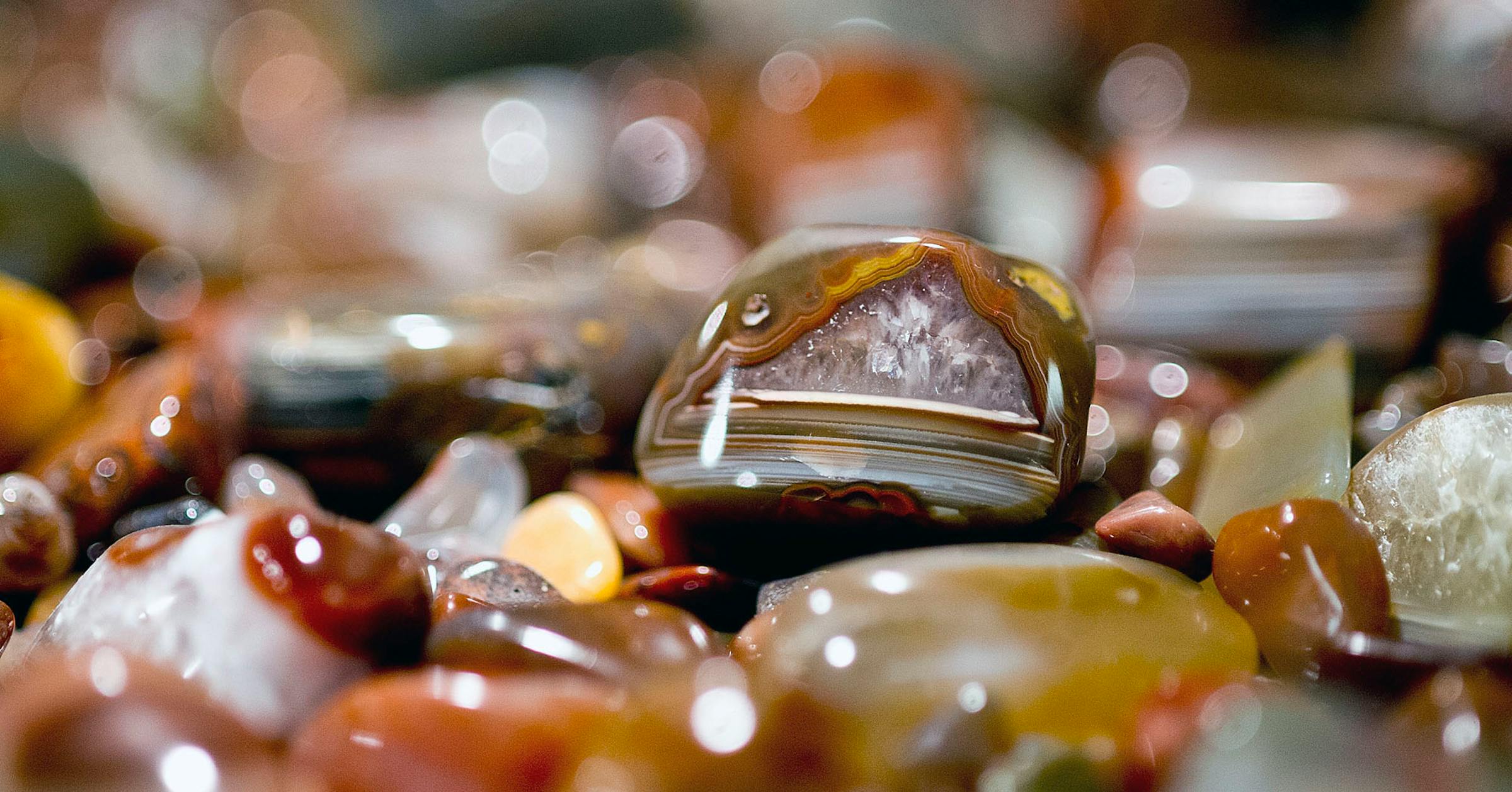Copyright Star Tribune

With the gales of November rolling in, anyone ready to bundle up in raincoats and waterproof boots may have luck spotting Lake Superior agates and other cool rocks. Late-fall weather already whipped waves up to 14 feet high logged near Grand Marais this month. Storms and churning water can tumble new specimens of Minnesota’s state gemstone onto lakeshores and riverbanks. Lake Superior agates often feature a brownish-red exterior that may be pitted and slightly translucent. They’re easiest to spot when they’re wet and the sun has come out, illuminating their distinctive interior bands that can be clear, white, slate-grey, orange or red. Agates formed in the vesicles (gas bubbles) of lava that spewed along the North Shore more than a billion years ago during the Midcontinent Rift. While the volcanic forces didn’t manage to split what’s now North America, it left behind dramatic ledges and cliffs of basalt and rhyolite along what’s now Lake Superior. As water with trace minerals seeped into the gas bubbles, they crystallized into agates. Differing levels of iron gives the agates their warm colors while trace amounts of copper can add bluish tones. Ice age glaciers ground across Minnesota about 10,000 to 15,000 years ago, breaking apart the volcanic rock and scattering the more durable agates. The highest concentration of them can be found in northeastern Minnesota and into central Minnesota. They are also present in southern Minnesota, and parts of Iowa. The largest specimens can weigh more than 20 pounds. Thousands of agates are for sale at the Agate Days festival in Moose Lake, Minn. (Abby Sliva) Places to look for agates include public beaches along Lake Superior (but not those on state park land or within scientific and natural areas); public parks along rivers and streams; and former gravel pits, such as the Soo Line Pit in Moose Lake. A permit is required for the latter through the Moose Lake Area Chamber of Commerce. Permission is also required for searching any private property. You can also admire Minnesota’s agates at the Science Museum of Minnesota in St. Paul and Beaver Bay Agate Shop & Museum on the North Shore, which is the nation’s oldest rock shop with more than 75 years in business. Rock shops around the state and rock and mineral clubs can also answer questions and share rockhounding tips.



